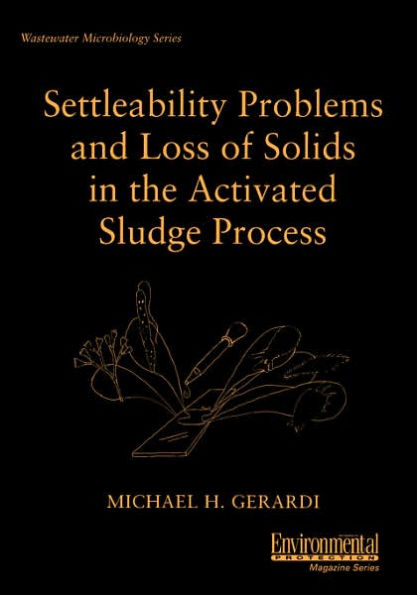5
1
9780471206941


Settleability Problems and Loss of Solids in the Activated Sludge Process / Edition 1 available in Paperback

Settleability Problems and Loss of Solids in the Activated Sludge Process / Edition 1
- ISBN-10:
- 0471206946
- ISBN-13:
- 9780471206941
- Pub. Date:
- 10/08/2002
- Publisher:
- Wiley
90.95
In Stock

Product Details
| ISBN-13: | 9780471206941 |
|---|---|
| Publisher: | Wiley |
| Publication date: | 10/08/2002 |
| Series: | Wastewater Microbiology |
| Pages: | 192 |
| Product dimensions: | 7.05(w) x 10.12(h) x 0.54(d) |
About the Author
What People are Saying About This
From the B&N Reads Blog
